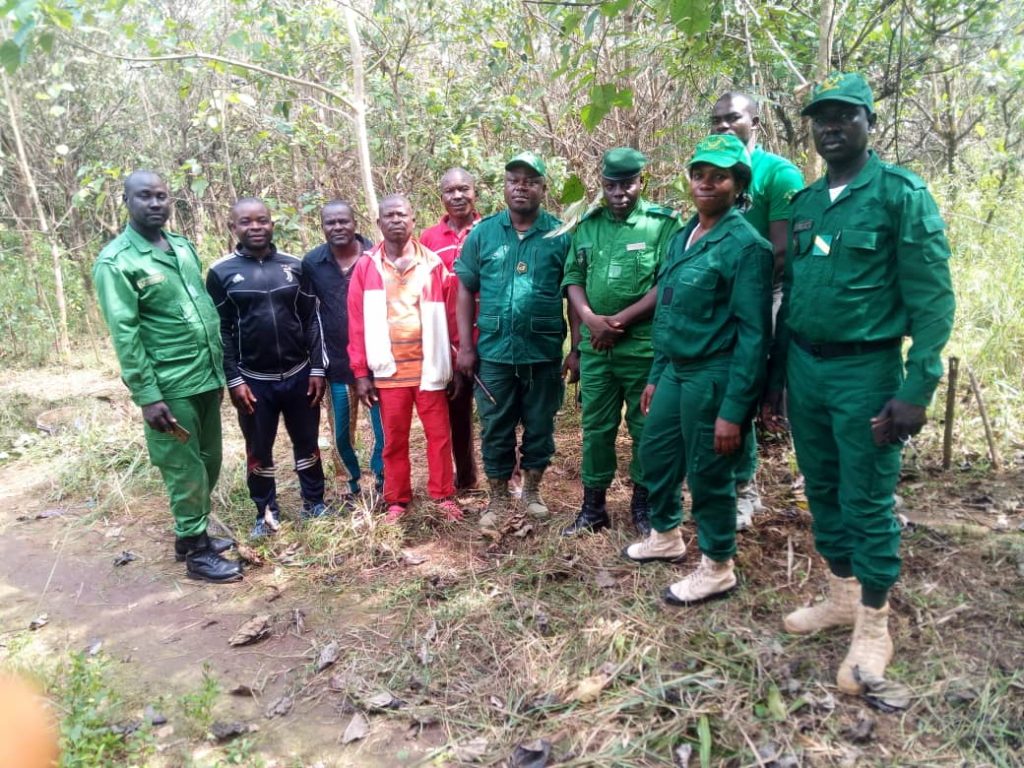Somié is one of the main Mambila villages in Cameroon, with a population upwards of 5,000 people. Located within the northern borderlands that connect Cameroon with Nigeria, the people of Somié speak Jù Bà, a local dialect of the Mambila language. The village has several schools, churches and mosques, and a busy weekly market. Most of the Somié population are farmers, growing crops to sell at the market as well as for their own consumption; many grow coffee on the forest peripheries that cover the hillsides across the region.
In addition to the preservation of the historic divinatory practice, all of the money raised through consultations via Nggàm dù is being distributed to local projects in the village of Somié and the remuneration for spider diviners’ work. In January 2022, these have been blessed within a dameh ritual organised, by the Chief of Somié and village elders, to encourage and protect them. Not only a marker of support by the village, but one of its co-authorship and coexistences across a new entanglement of relations.
The program for funding is woven by three interconnected threads of care, detailed below:

1. The rehabilitation of Somié’s water system.
Following landslides and bushfires, the village’s gravity-fed water supply has stopped running after twenty years of service. Having brought clean, fresh water from a catchment in hills above the village to standpipes located on roadsides and public spaces around the village, the system had provided potable water accessible to the majority of homes. After the landslip, a temporary fix was put in place more than six years ago but this has now failed. The cost of repairs is beyond the means of the community.
Our goal is to complete three interventions, listed according to priority: (1) rehabilitation of the existing Somié water system; (2) extension of the Somié water system to provide standpipes at the schools and areas of the village currently without; (3) outreach to raise awareness of water-related issues that encompass safe use, maintenance and its interconnectedness to climate, health and wellbeing.

2. The ongoing work of a local reforestation initiative.
REFCOASO is a registered co-operative group and has been planting trees in the area of the water project’s catchment to ensure a supply is maintained throughout the dry season. They have also planted trees outside local dispensaries and the secondary school, as well as in their two pilot fields. With the support of Nggàm dù, the project will fund support for the group for several years, where a wider educational program in neighbouring villages will be undertaken.

3. A programming of arts and cultural projects.
A series of workshops will be developed and facilitated within the village to promote and encourage arts and cultural activity across schools and local groups. Connecting around the other project initiatives of reforestation and water infrastructure, the programming will embed narratives of care into the village’s engagement with their own environment.
Further to this, a considerate and informed level of support will be offered to local filmmakers to document dances (such as the women’s dance mgbe die) and musical instruments—the mouth bow and chest harp, for example—that are no longer commonly performed or used.

